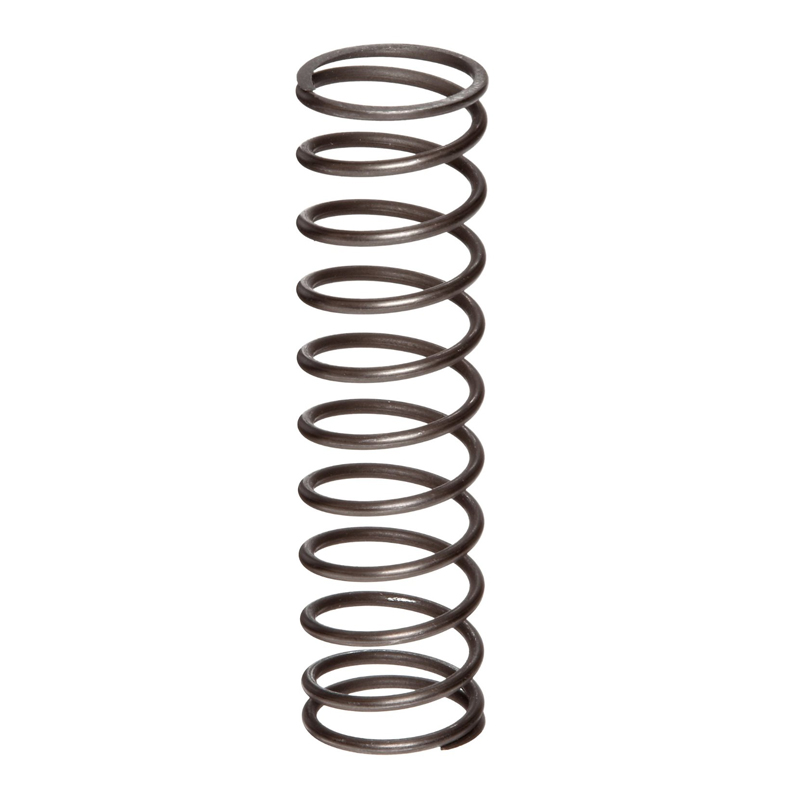
- Mobile Phone
- +8613931874955
- sales@cntcmetal.com
Optimal Spacing Guidelines for Cavity Wall Ties in Construction Projects
Understanding the Spacing of Cavity Wall Ties in Construction
Cavity walls have become a popular choice in modern construction due to their durability, thermal efficiency, and aesthetic versatility. These walls consist of two separate masonry leaves, typically an outer leaf made of brick or block and an inner leaf, often made of concrete block or brick as well. A key component of cavity wall construction is the cavity wall tie, which plays a crucial role in ensuring the structural integrity and overall performance of the wall system. This article will explore the importance of the spacing of cavity wall ties and its implications for building design and safety.
Cavity wall ties serve multiple functions they connect the outer leaf to the inner leaf, provide lateral support, and help maintain the stability of the wall system under various load conditions. Proper tie spacing is critical; it affects not only the load distribution but also the moisture control within the cavity. Incorrectly spaced ties can lead to structural failures, moisture ingress, and long-term damage to the building.
The spacing of cavity wall ties is governed by several factors, including the height of the wall, the type of materials used, the load conditions, and local building codes. Typically, wall ties are installed at vertical intervals of 600 mm to 900 mm and horizontal spans of about 450 mm to 600 mm. However, these distances can vary based on specific project requirements and structural considerations. For instance, taller walls may require closer spacing to handle increased lateral forces, such as wind load, while heavily loaded outer leaves may necessitate additional ties for enhanced support.
spacing of cavity wall ties

In addition to standard spacing guidelines, builders must consider the type of wall tie being used. Different materials, such as stainless steel, black galvanized steel, or plastic, have unique properties that can influence spacing and installation practices. For instance, stainless steel ties offer increased resistance to corrosion, making them suitable for coastal areas or regions with high humidity. On the other hand, their cost may lead some builders to opt for more economical options, impacting overall spacing strategies.
Moreover, the installation of cavity wall ties should take into account insulation needs and moisture control. Ties can create thermal bridging, leading to potential cold spots and condensation issues within the cavity. Proper placement and insulation strategies can mitigate these risks. Builders are increasingly adopting insulated ties, designed to reduce thermal bridging and enhance energy efficiency. These ties help maintain a comfortable interior environment while supporting the structural elements of the wall.
In considering the implications of cavity wall tie spacing, it is essential for architects and engineers to work closely during the design phase. Ensuring effective communication can lead to better decisions regarding spacing, materials, and overall wall performance. Regular inspections throughout the construction phase can further guarantee adherence to spacing standards and installation protocols, ultimately safeguarding the safety and longevity of the building.
In conclusion, the spacing of cavity wall ties is a significant aspect of cavity wall construction that deserves careful attention. It directly affects the structural integrity, moisture control, and overall performance of the wall system. By understanding the importance of proper spacing and adhering to guidelines while considering specific project needs, builders can create safe, durable, and energy-efficient structures that stand the test of time. As the construction industry continues to evolve, so too will the techniques and materials used to optimize cavity wall systems and ensure their reliability in the built environment.
share:
-
Your Source for Concrete Wall Ties and Masonry AccessoriesNewsJul.10,2025
-
Unlocking the Power of Iron Wire for Every ProjectNewsJul.10,2025
-
Explore Advanced Chain Wire and Stainless Steel Mesh FencingNewsJul.10,2025
-
Discover the Benefits of Annealed Wire ProductsNewsJul.10,2025
-
Discover China Stainless Steel Wire Mesh SolutionsNewsJul.10,2025
-
Build with Confidence Using High-Performance Masonry AccessoriesNewsJul.10,2025
-
Why Sacrificial Formwork Is Redefining Underground ConstructionNewsJun.06,2025



















